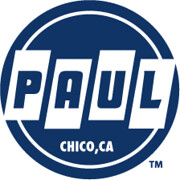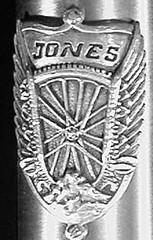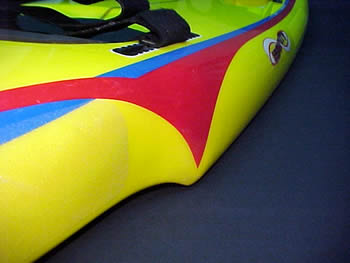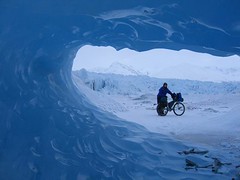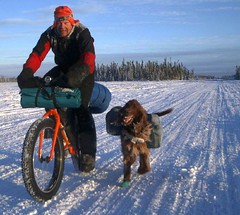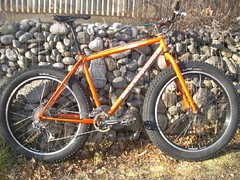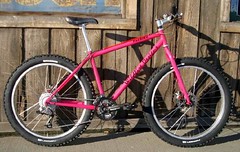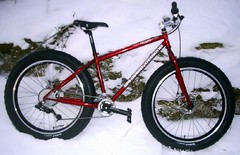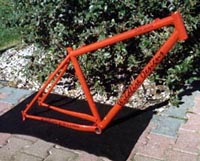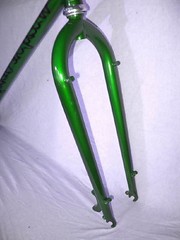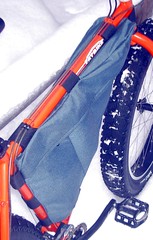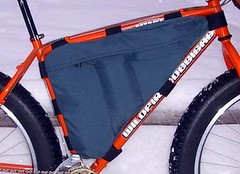Posted on: Monday, January 9, 2006

A more than three-decade effort to have surfing adopted as a school sport in its birthplace is expected to come to fruition this fall, with high schools around the state cleared to launch their first sanctioned surfing clubs.
In the seven months since the Board of Education vaulted the Hawai'i school system into the heady position of being the first to sanction surfing as a school sport, there's been a bumpy road of exploring how best to make it happen, while addressing issues of safety and liability.
Now the elements are largely in place.
Regulations governing everything from coach training to required student skills have been approved and sent to schools.
And a mandatory ocean safety course for all prospective coaches is almost ready to go.
"We're treading new ground here," said Blain Shinno, Department of Education specialist for student activities, who drafted the rules with a focus group including students and school officials as well as experienced watermen, surfing enthusiasts and ocean specialists.
"There are some club teams in Australia and California but really, we're the first ones to do it and have it as a sport in the school system," Shinno added.
Education officials are scheduled to update the BOE on their progress at a meeting today.
Some advocates, however, say the new rules don't sanction surfing as an interscholastic league sport, and that the safety and training requirements are so expensive and stringent they may prevent some schools from finding willing advisers and coaches to set up clubs.
At Maui's Lahainaluna High School, it's uncertain whether an officially sanctioned club will become a reality, even though the school has long wanted it.
"We were proponents but we didn't have the right qualified people, so it's still in limbo," said Art Fillazar, student activities coordinator at Lahainaluna High. "There are people interested in coaching or advising a club but because they have to go through all this other training, they don't have time to get certified.
"The other part is the money. Teachers don't have that much extra money to pay for it. That's holding them back. Some of the teachers interested are new to the Islands and for them $300 (for a mandatory safety course) is a month's rent."
Another drawback, Fillazar said, is the added time it will take to have surfing accepted as an Interscholastic League sport, which is the only way sanctioned school competition could occur.
"Without the competition, it will just be a social thing," he said. "I told the kids, 'Develop your skills and get the background on surfing. ... You guys don't need the club. You'll be restricted.' "
JUST GETTING FEET WET
Nonetheless, in starting out, the ocean experts assisting the DOE and school officials agreed on baby steps.
"Our concern now is to get our foot in the door," said retired deputy fire chief John Clark, who has published a series of popular books on Hawai'i surfing spots and was a consultant on the new regulations, which went out to the schools in October.
"The whole idea was to come up with something that was manageable even though it's strict," Clark said. Everyone needs to get in there and try it, and ultimately we could change and modify it as it goes along."
"This is a big jump for the DOE," said Jim Howe, operations chief of the city Ocean Safety Division, who also assisted in developing the regulations.
Howe said the first push for surfing in schools was in 1969 by surfboard shaper Ben Aipa, who has coached many of the state's best surfers.
"It's the right thing to do," Howe said. "We're an ocean sports community and the beauty of these ocean sports is they're lifetime sports. If we can lay a solid foundation of how you enjoy the ocean in a safe and prudent way, we make our whole community a safer place for everyone."
The experts agreed that school clubs are the best first step, and only later trying to turn it into a competitive league sport, which would require the support of a majority of the 23 O'ahu Interscholastic League schools and the Legislature. A handful of schools have surf clubs now, but they're not DOE-recognized and aren't allowed to use their school name.
For comparison, it took three years for paddling to become a league sport after starting with club status, and today the Legislature funds the coaching staff to the tune of $280,000 a year.
"I wouldn't say it's going to be an interscholastic sport next year," said Dwight Toyama, O'ahu's OIA executive director and the DOE's state athletic administrator.
"First, they need to demonstrate the interest within the league. One of the school principals would have to come to the league and say we're interested in starting surfing as an interscholastic activity, and then you'd need a majority vote."
ATHLETIC CREDIT
Sixteen-year-old Lahainaluna junior Bryce Henry, who surfs every day after school, would love to see a club at his school in time to have surfing on his permanent high school record.
"It would be cool to have it on your record that you're in the sport as an extracurricular activity to help you in college," Henry said. "And it would be fun to be able to compete with other schools, like football."
And he said that if the cost of training for coaches is an issue, maybe club members could ante up some of the money for training.
Even safety and liability issues could be handled by having club members sign waivers, he said. "It should be a no-brainer."
But since the Board of Education approved surfing as a school sport last May, safety has been of concern to the DOE.
Shinno, the DOE specialist for student activities, said regulations are heavy on the skills of coaches — who will be teaching surfing and the training required of them.
COACHING THE COACHES
A 24-hour, $310 ocean safety course through the community college system — and developed at Windward Community College — is meant to give them everything they need, including CPR and first-aid certification, the ability to handle an ocean rescue and develop a safety plan specifically for their own club.
"Not only does the coach have to have the physical skills to go out there and rescue someone," Shinno said, "but also the ability to develop an emergency safety plan. That includes being able to determine when conditions are safe, when they're not safe and take into account, if I'm on a Neighbor Island and I'm in a valley and my cell phone doesn't work, what's going to be my plan if something happens?"
Howe sees this as just the latest step in making Hawai'i's children more water safe. In the 1980s, studies found that lack of training was putting Hawai'i's young people at high risk for injury and death in the state's near-shore waters, Howe said.
"There were no real training programs for children at that time," he said. "So ... we started the Junior Lifeguard program in the early 1990s." In the 15 years since, more than 50,000 children have gone through the program and ocean safety statistics have turned around, Howe said.
Reach Beverly Creamer at bcreamer@honoluluadvertiser.com.
Back
© COPYRIGHT 2006 The Honolulu Advertiser, a division of Gannett Co. Inc.
All materials contained on this site are protected by United States copyright law and may not be reproduced, distributed, transmitted, displayed, published or broadcast without the prior written permission of The Honolulu Advertiser. You may not alter or remove any trademark, copyright or other notice from copies of the content.





